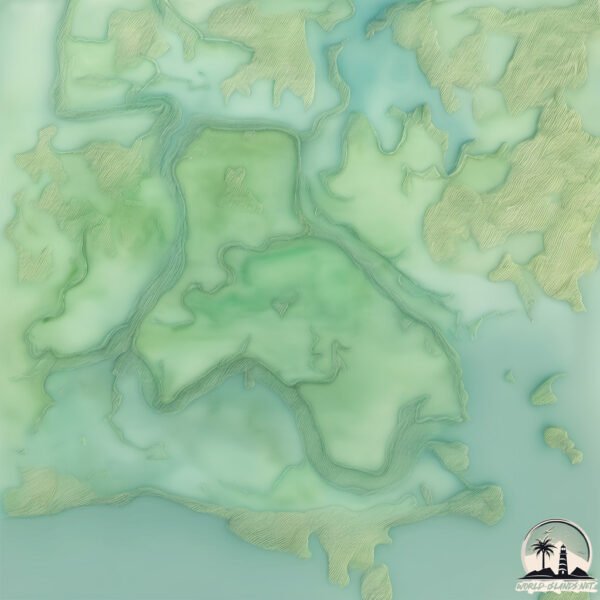Welcome to San Dionisio , a Tropical island in the North Pacific Ocean, part of the majestic Pacific Ocean. This guide offers a comprehensive overview of what makes San Dionisio unique – from its geography and climate to its population, infrastructure, and beyond. Dive into the details:
Geography and size of San Dionisio
Size: 11.4 km²Coastline: 20.2 kmOcean: Pacific OceanSea: North Pacific OceanContinent: North America
San Dionisio is a Medium Island spanning 11 km² with a coastline of 20 km.
Archipel: –
Tectonic Plate: North America – Covers North America and parts of the Atlantic and Arctic Oceans, characterized by diverse geological features and varying levels of seismic activity.
The geographic heart of the island is pinpointed at these coordinates:
Climate and weather of San Dionisio
Climate Zone: TropicalClimate Details: Tropical Savanna, WetTemperature: Hot
Climate Characteristics: Defined by distinct wet and dry seasons with high temperatures year-round. Pronounced rainfall occurs during the wet season, while the dry season is marked by drought.
Topography and nature of San Dionisio
Timezone: UTC-06:00Timezone places: America/ChicagoMax. Elevation: 10 m Mean Elevation: 7 mVegetation: Mangrove ForestTree Coverage: 82%
The mean elevation is 7 m. The highest elevation on the island reaches approximately 10 meters above sea level. The island is characterized by Plains: Flat, low-lying lands characterized by a maximum elevation of up to 200 meters. On islands, plains are typically coastal lowlands or central flat areas.
Dominating Vegetation: Mangrove Forest
Vegetation: 3 vegetation zones – Moderately Diverse Island
Infrastructure and Travelling to San Dionisio
Does the island have a public airport? no .
Does the island have a major port? no .
The mean population of San Dionisio is 382 per km². San Dionisio is Moderately Inhabited. The island belongs to El Salvador .
Continuing your journey, Madre Sal is the next notable island, situated merely km away.
Villa CATALINA Beach Resort | Tiabas, San Dionisio, Iloilo
Villa Catalina Beach Resort is a newly developed beach resort located at Brgy. Tiabas, San Dionisio, Iloilo. It features elevated ...
Villa CATALINA Beach Resort | Tiabas, San Dionisio, Iloilo
Villa Catalina Beach Resort is a newly developed beach resort located ...
Villa Catalina Beach Resort is a newly developed beach resort located at Brgy. Tiabas, San Dionisio, Iloilo. It features elevated ...
TEASER OF SAN DIONISIO TOURISM VIDEO
The municipality of San Dionisio is fast becoming a tourist ...
The municipality of San Dionisio is fast becoming a tourist destination in the province of Iloilo. With its pristine beaches, teeming ...
Sua Beach San Dionisio, Iloilo, Philippines
Flying on Sua's Beach stretch on an ordinary weekday.
Flying on Sua's Beach stretch on an ordinary weekday.
El Salvador is classified as Developing region: Regions characterized by lower income levels, with economies in the process of industrialization and modernization. The level of income is Lower middle income.
News – Latest Updates and Headlines from San Dionisio
Stay informed with the most recent news and important headlines from San Dionisio. Here’s a roundup of the latest developments.
Loading...
Please note: The data used here has been primarily extracted from satellite readings. Deviations from exact values may occur, particularly regarding the height of elevations and population density. Land area and coastline measurements refer to average values at mean high tide.

